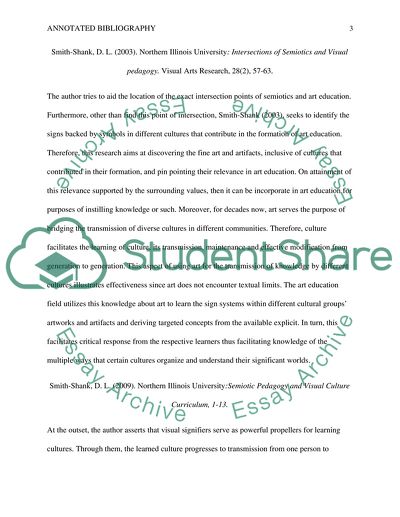Cite this document
(“Summary of Articles Concerning Semiotic Pedagogy Annotated Bibliography”, n.d.)
Summary of Articles Concerning Semiotic Pedagogy Annotated Bibliography. Retrieved from https://studentshare.org/education/1800516-art-education
Summary of Articles Concerning Semiotic Pedagogy Annotated Bibliography. Retrieved from https://studentshare.org/education/1800516-art-education
(Summary of Articles Concerning Semiotic Pedagogy Annotated Bibliography)
Summary of Articles Concerning Semiotic Pedagogy Annotated Bibliography. https://studentshare.org/education/1800516-art-education.
Summary of Articles Concerning Semiotic Pedagogy Annotated Bibliography. https://studentshare.org/education/1800516-art-education.
“Summary of Articles Concerning Semiotic Pedagogy Annotated Bibliography”, n.d. https://studentshare.org/education/1800516-art-education.


